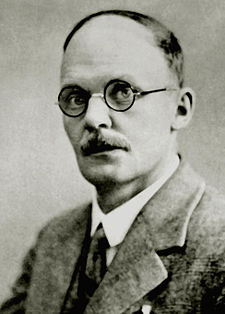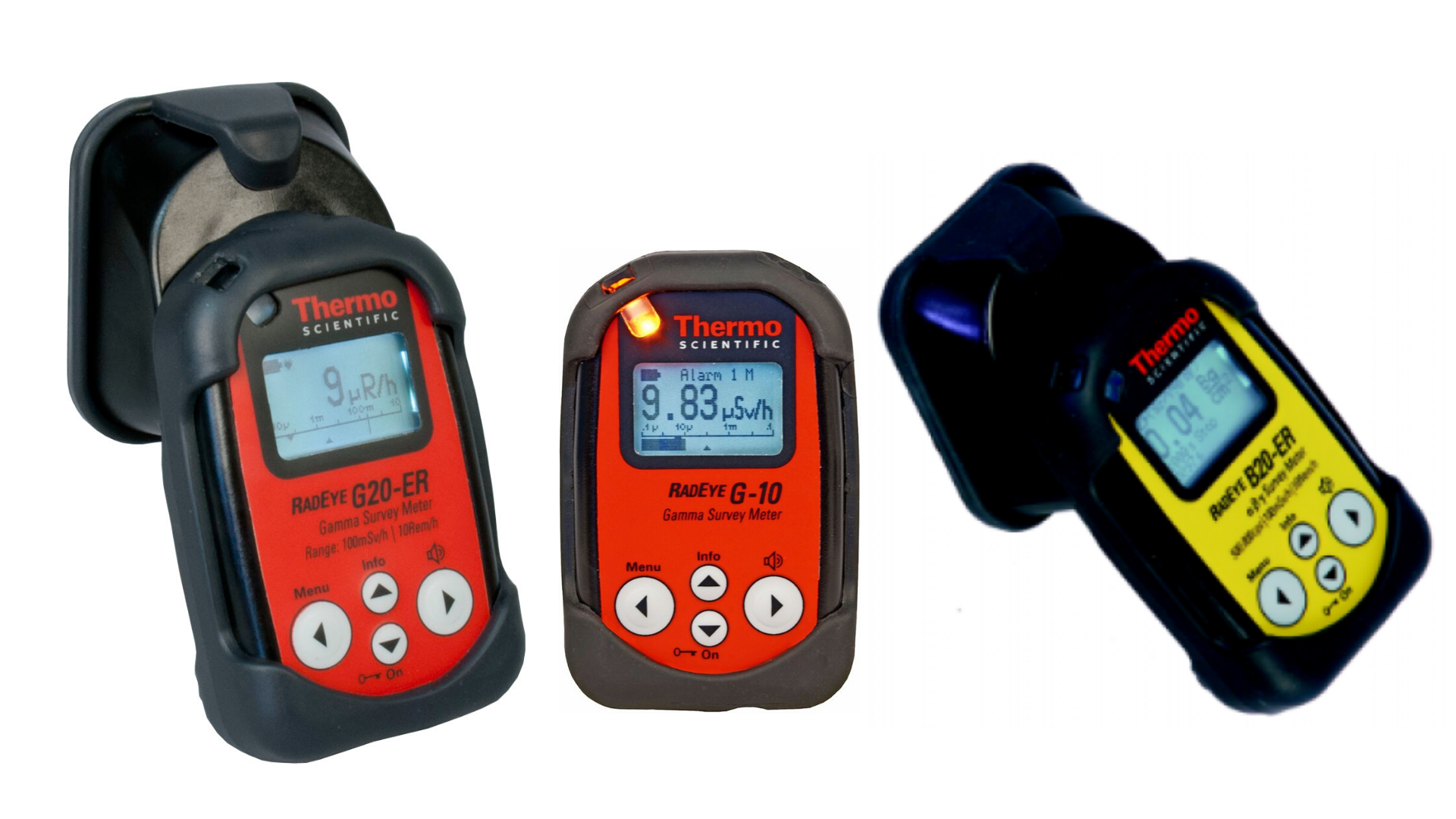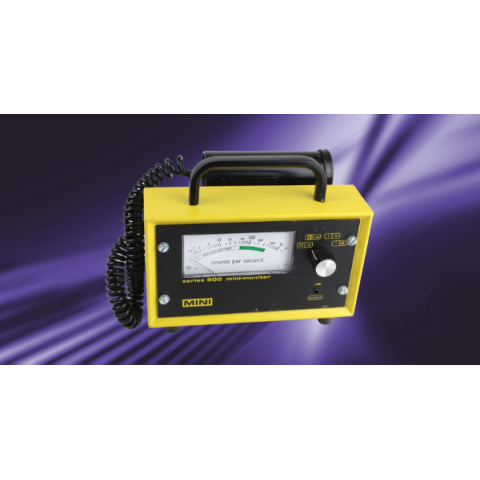Geiger Counters
Geiger counters are radiation detectors that use a Geiger-Müller tube to detect radiation.
The technology has been around for almost 100 years.
We think the following video gives a good explanation of their theory and demonstrates how the Thermo Mini radiation detector works when looking at a radiation source.
One of the great things about this video is that one of the students, Steffan Geiger is the great grandson of Hans Geiger the inventor of the Geiger-Müller radiation monitor.

Although technology has advanced over the past decades, with new electronic packages enabling radiation detectors to become smaller, the principle of the Geiger-Müller radiation detector remains the same.
The Mini 900 Radiation Detector seen in the above video is still available. However, new advanced radiation detectors such as the Thermo Scientific RadEye B20, RadEye G20, RadEye G-10 have since been developed.

These new instruments give you more advanced features and are extremely useful for a wide range of radiation monitoring applications, such as dose monitoring and contamination monitoring.
Some of the new features introduced include:
- Data logging
- Selectable measurement units
- Selectable audio alarms
How does a Geiger-Müller Radiation Detector work?
The Geiger-Müller (GM) tube detects ionising radiation such as alpha and beta particles or gamma rays. The radiation enters through a very thin window at one end of the tube. This window is usually made of mica.
Mica is a mineral that can form sheets. These sheets can be split apart into very thin layers, so thin that even an alpha particle can pass through it (remember that alpha particles can be stopped by something as thin as your skin or a sheet of paper). The mica window prevents the argon inside the tube from escaping and also stops air from getting into the tube.
When radiation enters the Geiger-Müller tube and collides with an argon atom, an electron may be knocked off the atom – we call this process ionisation. When ionisation occurs, a positively-charged argon ion and a negatively-charged electron are produced. The argon ion is attracted to the outside wall of the tube, which is connected to the negative terminal of the power supply, while the electron is attracted to the central electrode, which is kept at a high positive voltage – typically 500V.
A small pulse of current is produced each time an electron reaches the central electrode. These pulses can be counted by an electronic circuit and a displayed on an LCD display. Sometimes a small speaker is added to the system to produce a click for each pulse.
On its own, the Geiger-Müller tube cannot tell the difference between alpha, beta and gamma radiation. Different materials (e.g. paper, aluminium, lead) are placed in front of the mica window to discover which type of radiation is responsible for the reading.
For more information on radiation Geiger counters please do not hesitate to contact ADM Nuclear Technologies.
IS THIS INFORMATION USEFUL?
If so, why not share it with your peers and colleagues. Simply click on the blue LinkedIn share icon below.

